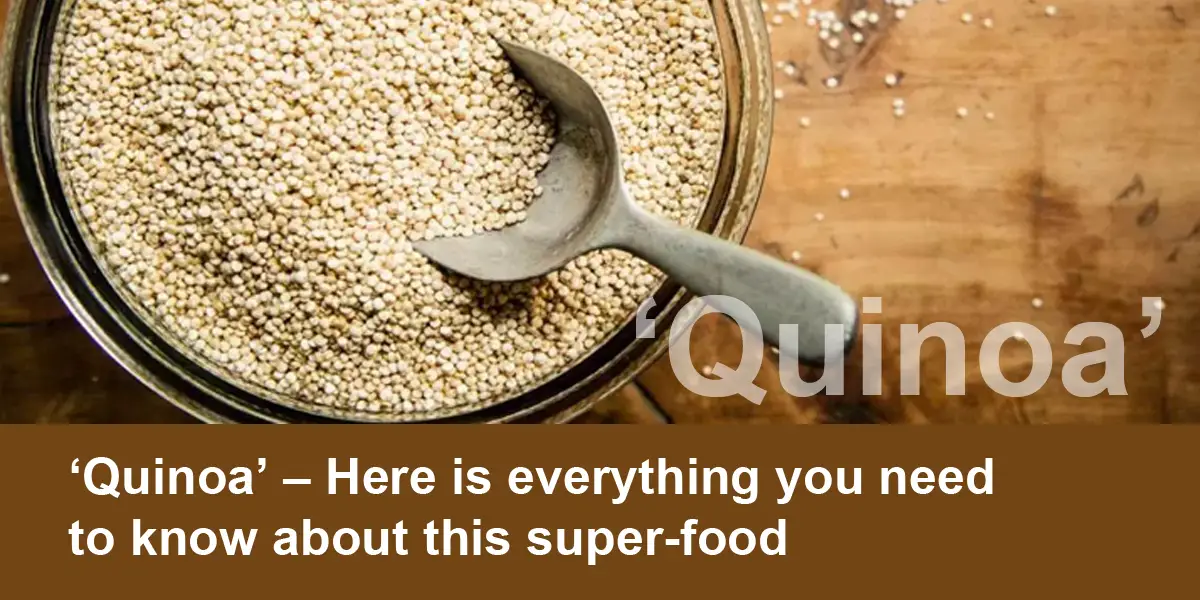Quinoa, often referred to as a “super grain”, has been increasingly gaining attention in the global culinary landscape. However, the nuances and depth of its history, benefits, and types often go unnoticed. So let’s dive deep into quinoa – everything we need to know and unravel its intriguing details.
What is Quinoa?
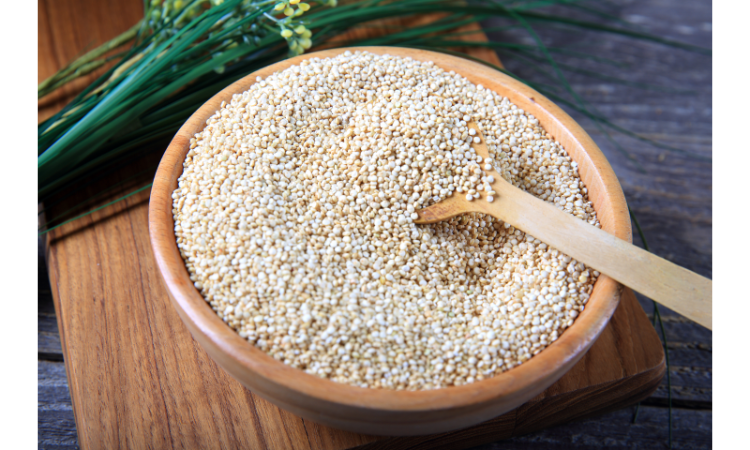
At first glance, one might mistake quinoa (pronounced KEEN-wah) for a grain, but it’s technically a seed. Originating from South America, it’s a member of the amaranth family. Though used like grains in various culinary practices, quinoa is naturally gluten-free and rich in essential nutrients.
History of Quinoa

Delving into the history of quinoa, we find that it was a staple food for the ancient Incas. They revered it as “the mother of all grains” and believed that it had sacred properties. Grown in the high altitudes of the Andes Mountains, it played a vital role in the diet of indigenous people for thousands of years. In recent decades, the Western world has caught on to this superfood’s immense benefits, leading to a surge in its global popularity.
Nutritional Profile of Quinoa
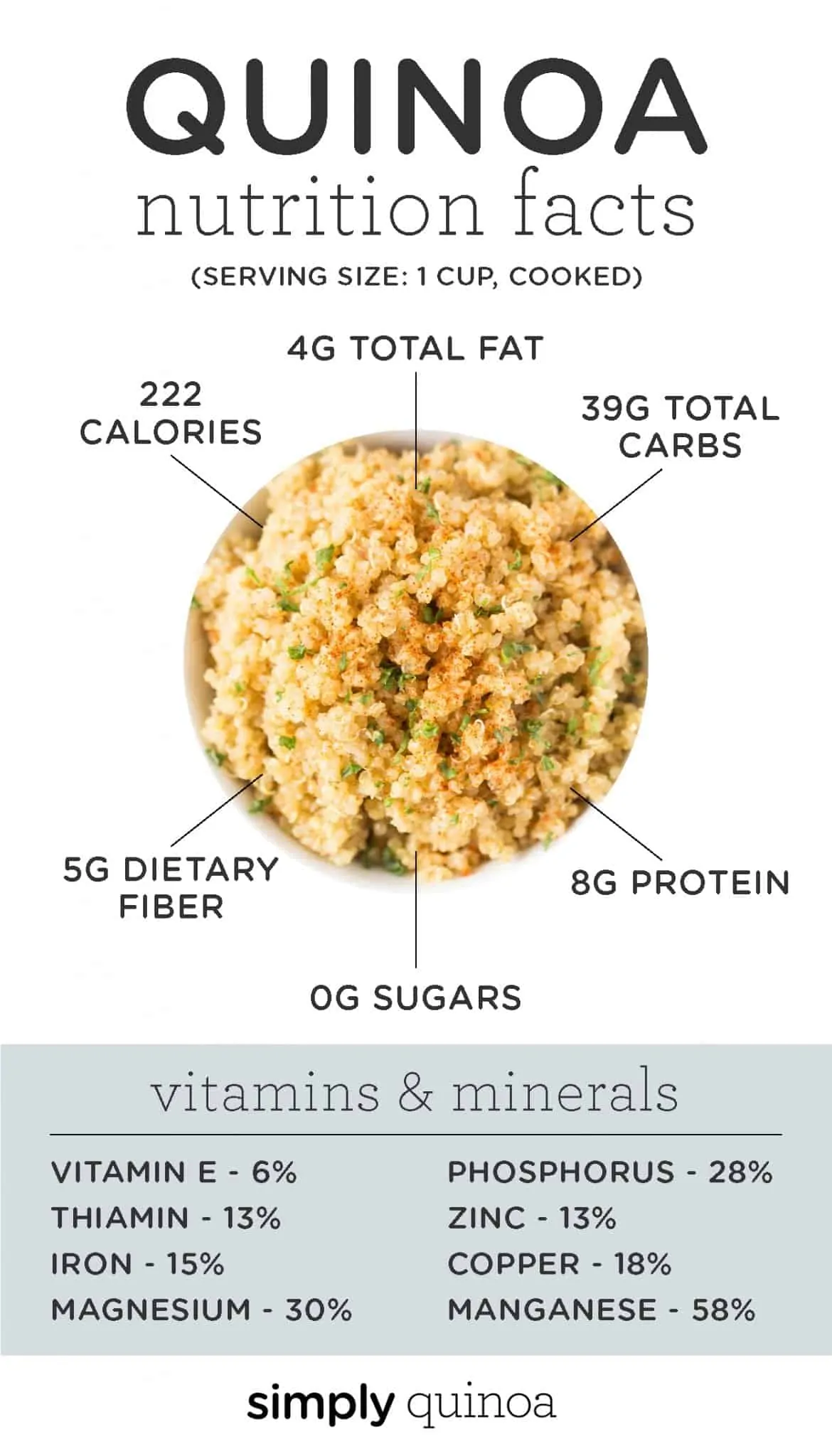
So, is quinoa good for you? A single glance at the nutritional profile of quinoa affirms this. It’s a complete protein source, which means it provides all nine essential amino acids. Additionally, it’s packed with:
- Fiber
- Magnesium
- B-vitamins
- Iron
- Potassium
- Calcium
- Phosphorus
- Vitamin E
- Various beneficial antioxidants
Different Types of Quinoa
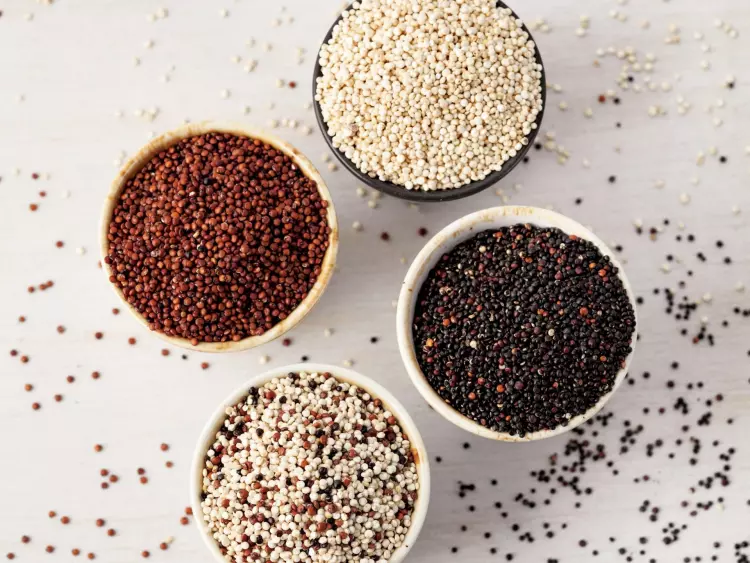
Believe it or not, quinoa is available in more than one color! Each type has subtle variations in taste, texture, and nutritional value:
- White Quinoa: This is the most common type you’ll find in stores. It’s known for its light flavor and fluffy texture when cooked.
- Red Quinoa: A bit richer in taste and somewhat chewier than the white variety, red quinoa holds up well in cold dishes, making it perfect for salads.
- Black Quinoa: With an even more distinct earthy flavor, black quinoa retains its color even after cooking and offers a slightly sweeter taste.
- Tricolor Quinoa: As the name suggests, this is a mix of white, red, and black quinoa, offering a vibrant color palette and a combination of their respective flavors and textures.
The Multifaceted Health Benefits of Quinoa
Quinoa, often described as a “superfood”, is not only versatile in the kitchen but also packs a punch when it comes to health benefits. Let’s delve deeper into what makes quinoa an essential addition to a health-conscious diet:
Prevents Osteoporosis
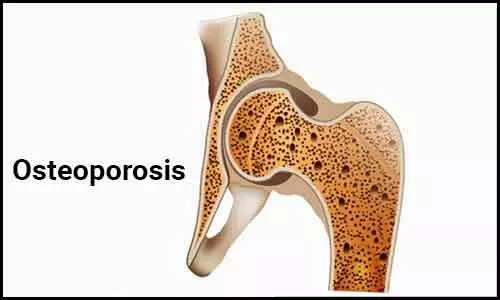
Rich in magnesium and calcium, quinoa aids in the maintenance and formation of bones. These minerals play a vital role in preventing diseases like osteoporosis, which is characterized by weakened bones.
Improves Skin Health

The B vitamins and essential minerals in quinoa are known to promote skin health. They aid in skin cell regeneration and repair, giving you a youthful and radiant complexion.
Protects the Heart

Quinoa is a source of heart-healthy monounsaturated fats. Additionally, its high fiber content aids in cholesterol management, thereby reducing the risk of heart disease.
Promotes Weight Loss

Being high in protein and fiber, quinoa can make you feel fuller for longer. This satiety effect can reduce overall calorie intake, assisting in weight management and loss.
Helps Fight Cancer

Quinoa contains quercetin and kaempferol, two potent antioxidants known to have anti-cancer properties. They neutralize free radicals, thereby preventing cell damage that can lead to cancers.
Helps Combat Diabetes and Hypertension

The fiber in quinoa helps stabilize blood sugar levels, making it a great dietary choice for diabetics. Moreover, its potassium content can aid in lowering blood pressure, providing a two-pronged approach to combat both diabetes and hypertension.
Fights Inflammation

Chronic inflammation can lead to numerous diseases. The anti-inflammatory phytonutrients in quinoa make it a potent food for combating inflammatory conditions.
Improves Metabolism
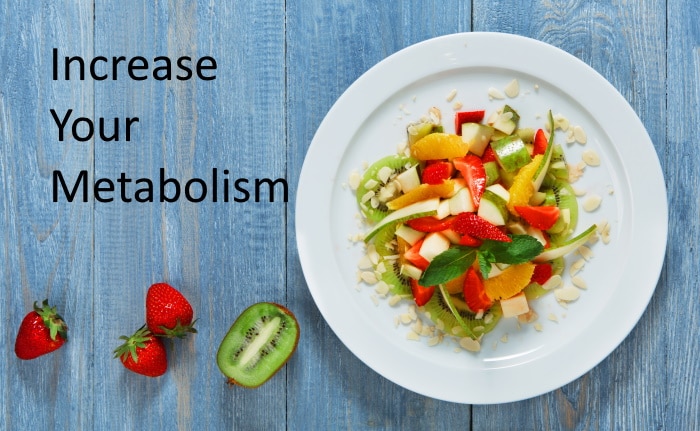
The B vitamins in quinoa play a crucial role in energy metabolism. They ensure that our body efficiently uses the energy from the food we consume.
Enhances Digestive Health

Quinoa’s fiber content aids in regular bowel movements, promoting a healthy gut. A healthy digestive system is paramount for nutrient absorption and overall well-being.
Aids in Anemia Treatment

Quinoa is a decent source of iron, a mineral essential for producing red blood cells. Consuming quinoa can help combat iron-deficiency anemia.
Aids Tissue Repair and Growth

Being a complete protein, quinoa provides all the essential amino acids necessary for tissue repair and growth.
Strengthens Hair Follicles

The rich protein content in quinoa fortifies and nourishes hair follicles, promoting stronger and healthier hair.
Promotes Longevity

Quinoa’s myriad of nutrients, ranging from antioxidants to essential vitamins and minerals, collectively promote overall health and well-being, potentially increasing life span.
Helps Treat Dandruff
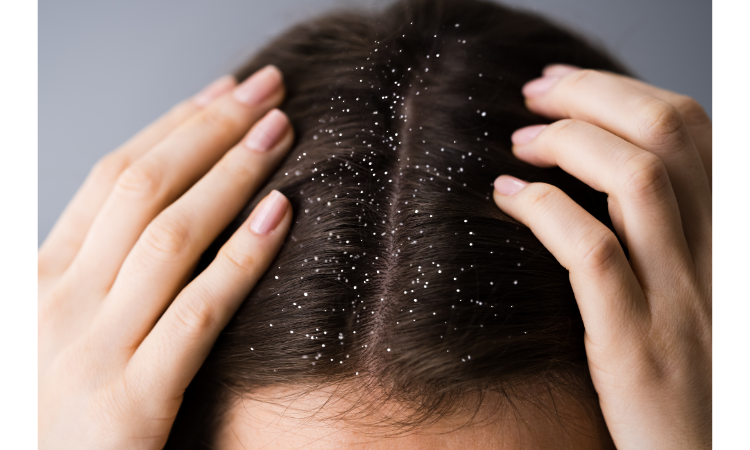
While more research is needed, some sources suggest that quinoa, when used in hair products, can help treat dandruff, thanks to its rich mineral and protein content.
Why It’s Gained Immense Popularity
Let’s call it “Quinoa 911“. The sudden influx of quinoa products on the shelves and its increasing popularity in recipes may seem like a modern phenomenon. However, there’s a deep-rooted reason behind its booming acceptance:
Nutritional Powerhouse: Quinoa is gluten-free and boasts a well-rounded amino acid profile, making it an excellent protein source, especially for vegetarians and vegans.
Versatility: From salads to pilafs, or even as a breakfast porridge, quinoa’s nutty flavor and fluffy texture complement a variety of dishes.
Dietary Flexibility: For those with gluten allergies or sensitivities, quinoa is a godsend, offering an alternative to traditional grains.
Tips for Quinoa Usage
While quinoa offers a plethora of benefits, it’s essential to prepare and consume it correctly to derive maximum advantages:
- Rinse Thoroughly: Quinoa seeds have a natural coating called saponin, which can taste bitter. Rinse them well before cooking to remove this coating.
- Toast for Flavor: For a nuttier flavor, toast quinoa in a dry skillet before boiling.
- Season: Quinoa pairs well with various seasonings, so don’t hesitate to experiment with herbs and spices.
Cooking and Storing Quinoa: Tips for Perfection
Getting the most out of quinoa means ensuring it’s cooked and stored correctly. Here’s a simple guide to help:
Perfectly Cooking Quinoa

Rinse Before Cooking: Quinoa seeds have a natural coating called saponin which can impart a bitter taste. Always rinse quinoa thoroughly under cold water using a fine-mesh sieve before cooking.
The Ideal Ratio: For every cup of quinoa, use two cups of water. This ratio ensures that the quinoa is cooked perfectly, resulting in a fluffy and tender texture.
Cooking Time: Bring the water to a boil, add quinoa, and then let it simmer for about 15 minutes or until the germ separates from the seed. The germ will appear as tiny, white, spiral-like threads.
Let It Sit: Once cooked, remove from heat and let it sit covered for 5 minutes. This allows the quinoa to steam, which will give it a better texture.
Fluff and Serve: Use a fork to fluff the quinoa gently before serving.
Storing Quinoa
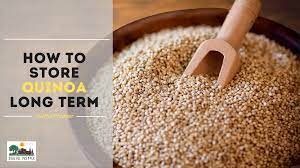
- Cooked Quinoa: After it has cooled, transfer the cooked quinoa into an airtight container and refrigerate. It should be good for 3-5 days.
- Uncooked Quinoa: Store in a cool, dark place in an airtight container. It should last for several months. If you’re planning to store it longer, consider refrigerating it to maintain freshness.
How to Incorporate Quinoa in Your Diet
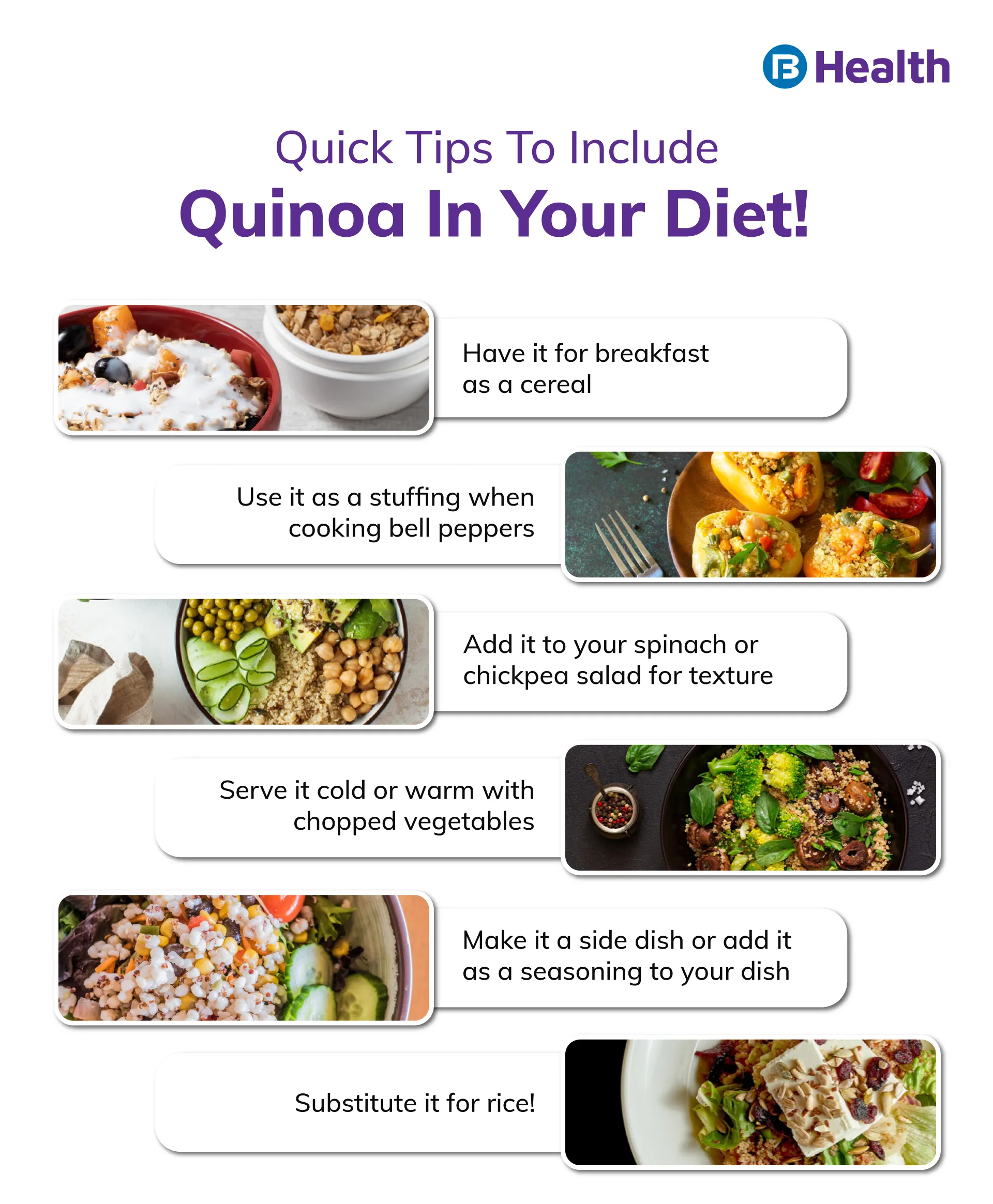
Quinoa’s versatility is what makes it so popular. Here are ways to incorporate quinoa into your diet:
- Salads: Add cooked quinoa to salads for an extra crunch and protein boost.
- Breakfast: Use it as a cereal replacement, pairing it with fruits, nuts, and a drizzle of honey.
- Soups: Throw in some quinoa for added texture and nutritional value.
- Baking: Replace flour with quinoa flour in recipes for a gluten-free alternative.
- Burgers: Mix quinoa with beans or lean meats to create nutrient-dense patties.
Quinoa Beyond Food
The wonders of quinoa aren’t restricted to the kitchen:
- Cosmetic Industry: Given its high nutrient content, quinoa extracts are increasingly being used in skincare products. Its anti-inflammatory properties can help soothe the skin and its antioxidants combat signs of aging.
- Medicinal Uses: Traditional Andean medicine has used quinoa to treat various ailments, from bone fractures to sore throats.
- Agricultural Practices: Quinoa is a robust crop. Its ability to grow in diverse climatic conditions with minimal water makes it a candidate for crop rotation, helping restore soil health.
Potential Side Effects

Like all foods, some individuals might experience side effects with quinoa:
- Saponin Sensitivity: Even after rinsing, traces of saponin (the natural bitter coating) might remain, causing stomach discomfort for some.
- Oxalates: Quinoa is rich in oxalates, which can be problematic for people with kidney stones.
Always consult with a healthcare professional if you’re concerned about introducing new foods to your diet.
Final Thoughts
The myriad benefits and versatility of quinoa make it clear why it has been a staple in some cultures for millennia and why it has gained immense popularity worldwide in recent years. Whether you’re a seasoned quinoa enthusiast or just discovering this wonder seed, there’s no doubt that it can be a valuable addition to your diet.
Remember to always be mindful of where you source your quinoa, promoting sustainable and responsible farming practices. This way, we can continue enjoying the vast benefits of quinoa without detriment to the environment or the communities that cultivate it.
